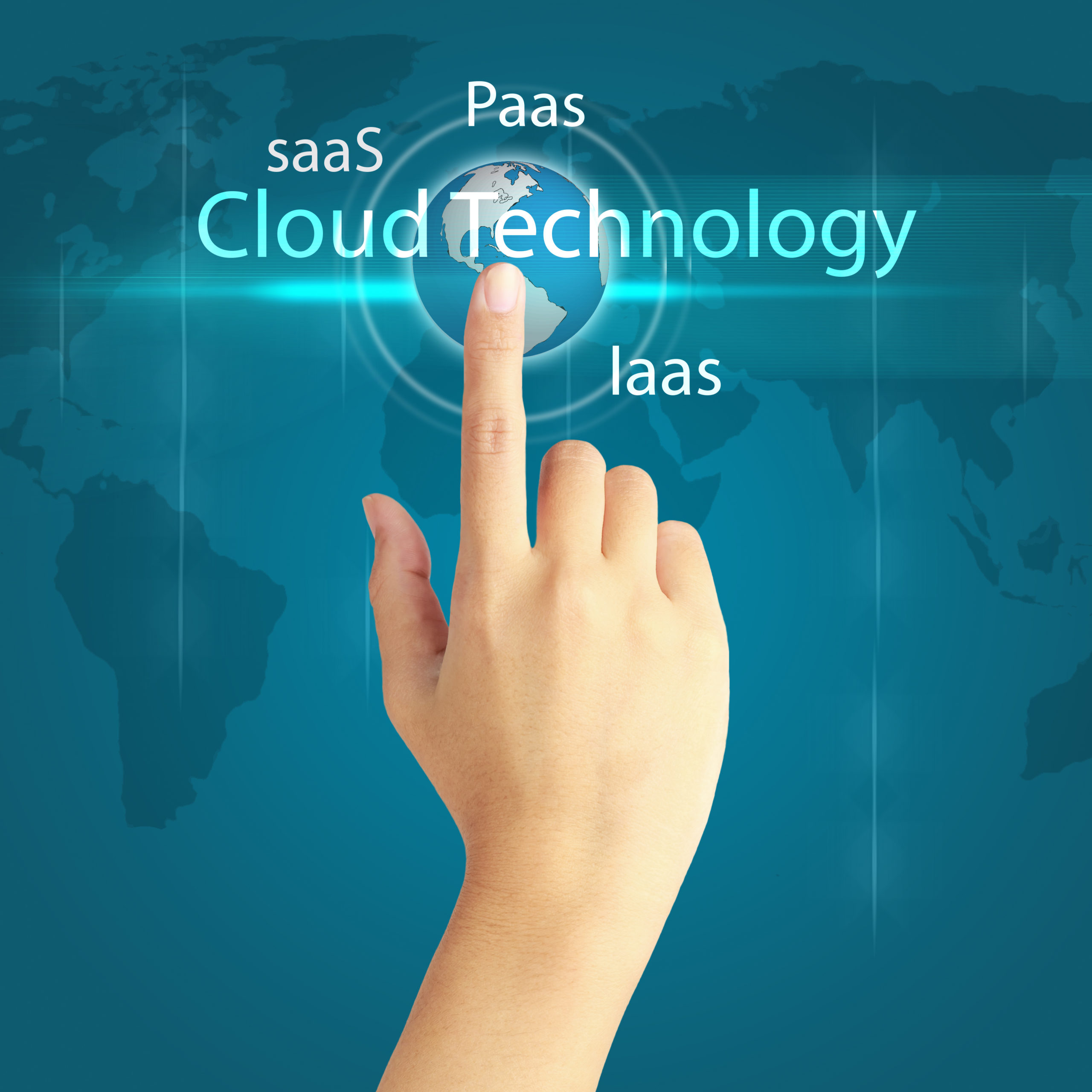
In our most recent ZCast, we discussed important cloud migration considerations with Forrester Research.
According to Forrester, hybrid IT environments are becoming increasingly common as cloud adoption continues to grow. However, maximizing a combination of on-premises assets alongside private, managed, and public cloud services can be challenging. The key things to consider for cloud migrations are outlined in this ZCast as well as a 2-page breakdown by senior Forrester analyst Milan Hanson.
Request Your Forrester Report Download and ZCast

Presenters for this ZCast edition are:
Adam Bacia, Senior Product Marketing Manager at Zenoss
Milan Hanson – Senior Analyst for Infrastructure & Operations with Forrester
In this podcast Adam and Milan discuss how industry professionals are approaching the cloud and important considerations when planning a cloud migration!
Adam: "One of the hottest topics being discussed in technology right now is the cloud. It's everywhere. We're interested in the approach industry professionals are taking to cloud migration. The response we see, overwhelmingly, is that they are taking a “cautious” approach to cloud. What is Forrester seeing in your research on cloud migration industry-wide?"

Milan: "You picked the right word Adam. The word is “caution.” Cloud looks really attractive. Let’s have somebody else manage the software, the hardware, deal with updates, installation and maintenance. Just hand it all over to somebody else. All we have to do is write a really good Service Level Agreement (SLA) and enforce it vigorously…right? Sounds great! But that is not all there is to it. That attractiveness is leading to 34% of decision makers already using Software as a Service (SaaS). Cloud is catching on like gangbusters. In addition to that 34% another 24% are going to use Cloud in the next 12 months. At Forrester we’ve done a lot of research on this and we believe the market to be around 91 billion dollars in 2015. We expect to see that go to 191 billion dollars by the year 2020. So we are pretty confident cloud is going to go big. And that is not covering private cloud. That is just public cloud.
The majority of that right now is 82% SaaS. In 2020 that number is going to be about 70% SaaS and there is a reason for that. Platform as a Service (PaaS) and Infrastructure as a Service (IaaS) are attractive too but SaaS is really the big piece of the pie. The reason is migration which we will talk about more in a minute. Things like SalesForce.com and Office365 are vastly popular right now and are perfect examples of what SaaS can be and how it can offload a lot of on premises solutions."

Adam: "You mentioned how moving workloads to the cloud looks attractive because of speed and ease, but the other buzzword we hear a lot is cost. What advice would you give people when considering all of the costs for moving on premises solutions to the cloud?"
Milan: "Initially people think of two factors: capital expenditure versus operational expenditure…however, there are a lot of other costs to migration that our clients do not consider. First of all, you want to look at your portfolio and decide what makes sense to migrate to the cloud and what makes sense to keep on premises. And then when you decide to move something to the cloud then you have to do a detailed evaluation and determine what is it going to take to move it. Older monolithic applications were written for a single thread of execution on a piece of iron that you own in your data center. One of the attractions of moving to cloud is this dynamic nature of it. It can scale up and scale down to handle demand and it used multiple threads of execution. If you have a single threaded monolithic application and you just move it to cloud it’s not going to be any faster in fact it may be slower because you have more interactions across a wider network in order to execute any single action. So you have to evaluate that carefully and realize there is a cost involved with cloud migration. If you are going to migrate that application after all another cost is to get some experts to rewrite it to take advantage of multi threads.
And there are more factors to take into account. There is licensing. Is the software licensing model compatible with a cloud based infrastructure? Maybe not. You might find you are in violation of a licensing agreement once you move your application to the cloud. Or some of the components your application uses may be licensed for a particular type of use and licensing those for multiple threads from the cloud violates that.
And there is manageability. Can you manage things after you have moved them to the cloud? You are still responsible to your customers for the performance even if the application sits in the cloud. So you want to be able to manage that and monitor it very well both to enforce the SLA with the provider and to ensure customers are getting good response time. If you have poor performance and you lose customers because of poor performance the provider may pay you a penalty for violating the SLA, but you never get that customer back.
So it is more important than ever to be proactive and predictive in monitoring and managing those cloud based components that affect customer satisfaction."
Request Your Forrester Report Download and ZCast

Learn more about Zenoss Products and Solutions
Join and engage with the Zenoss Community









